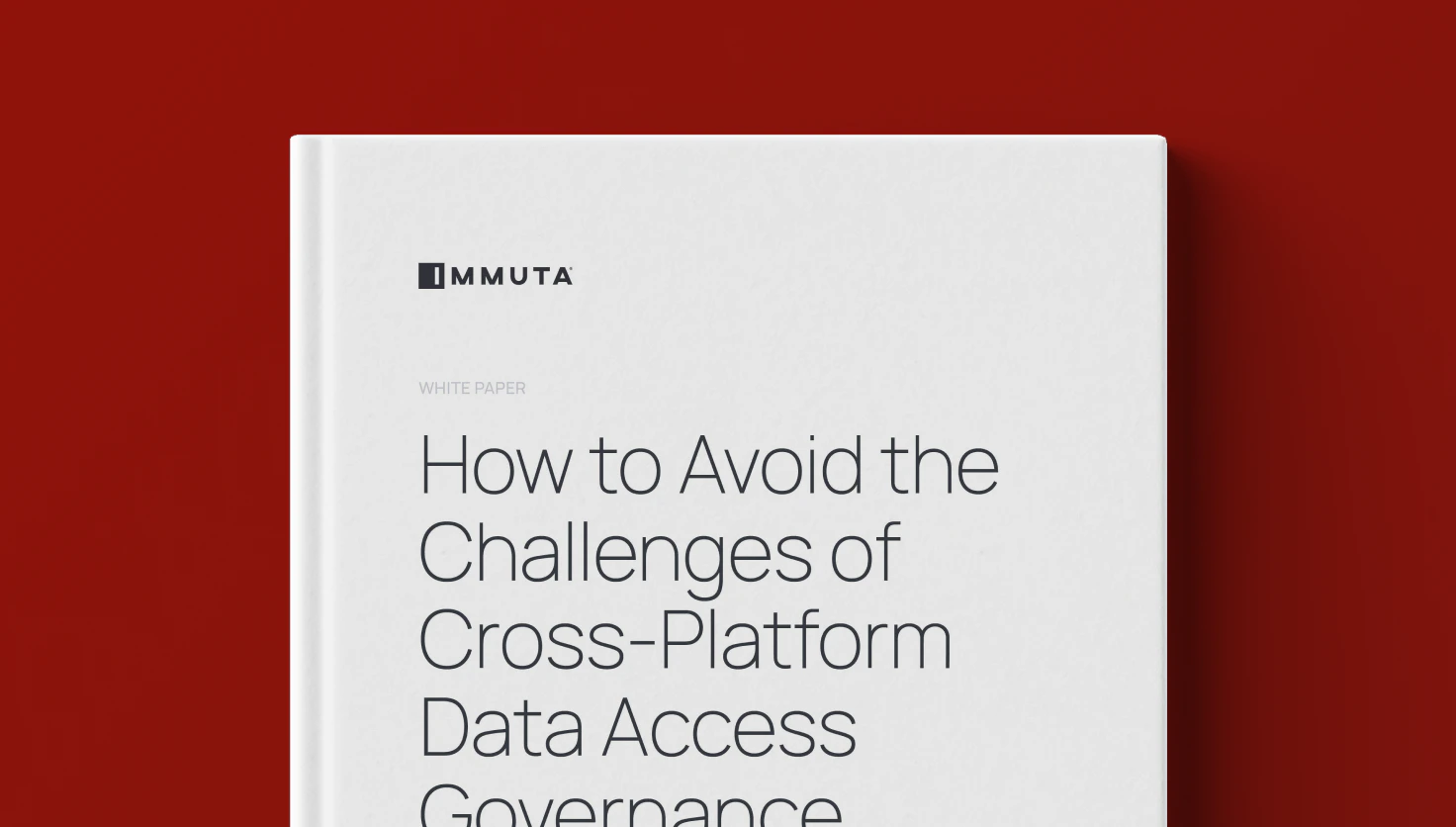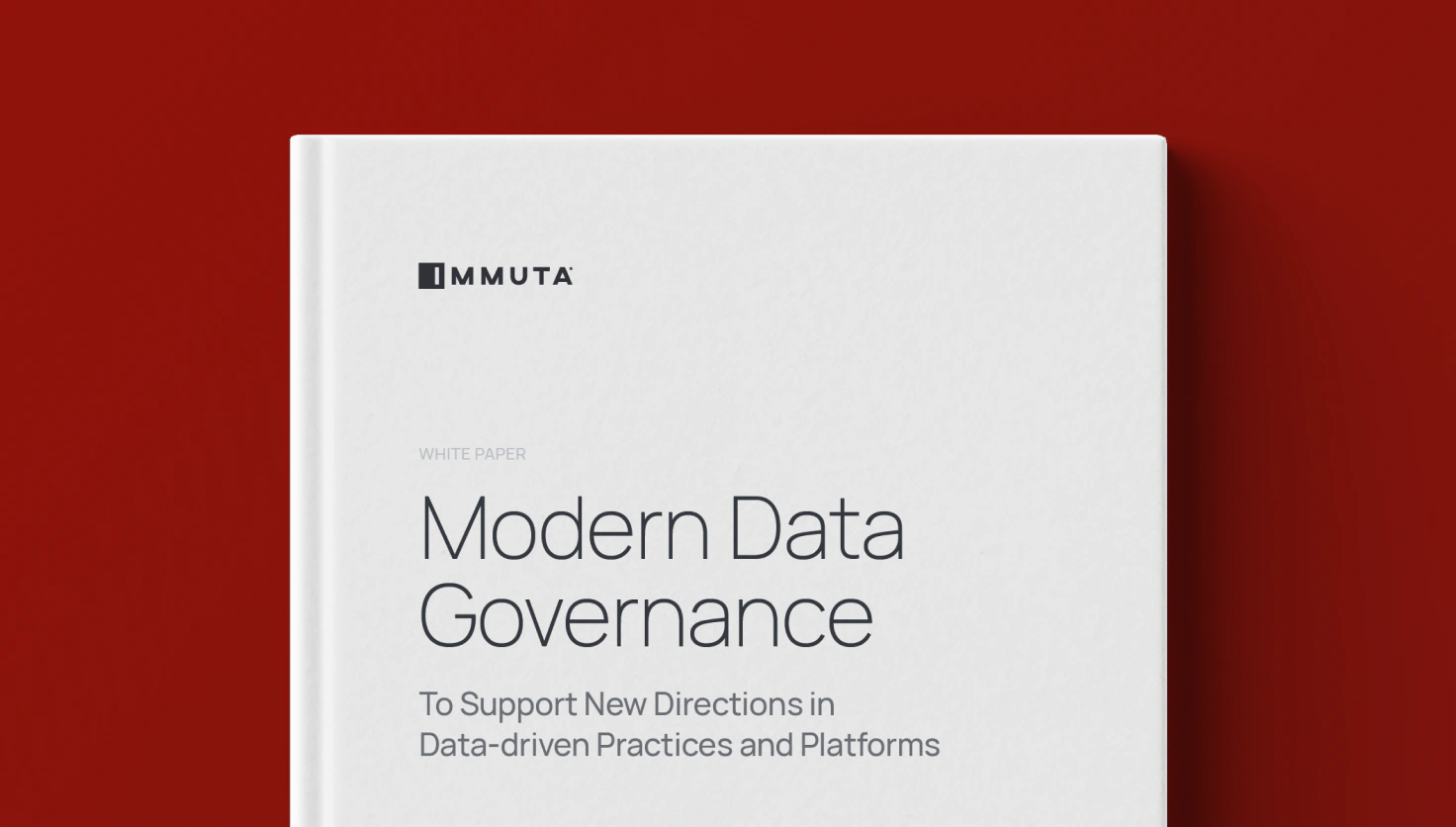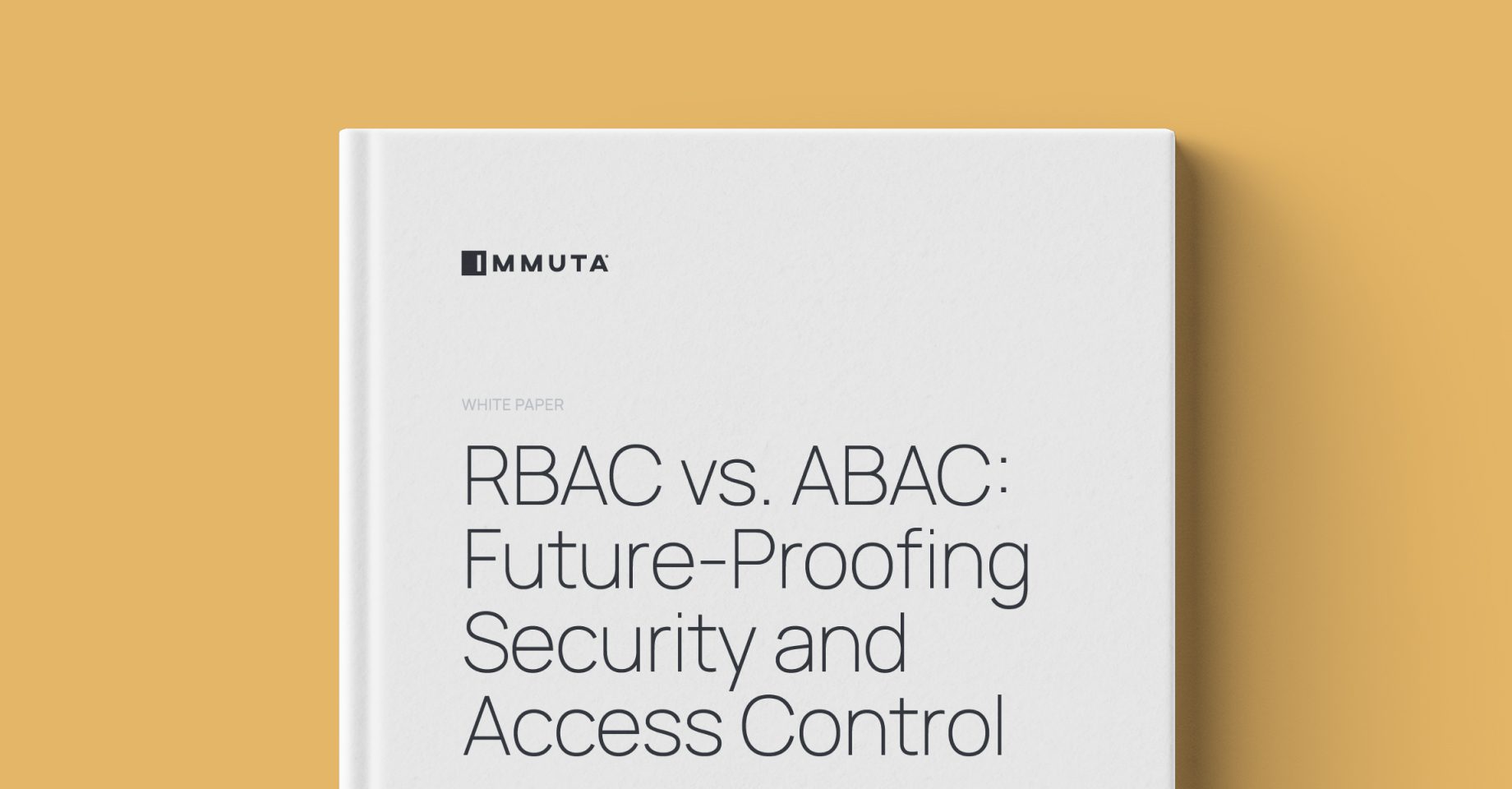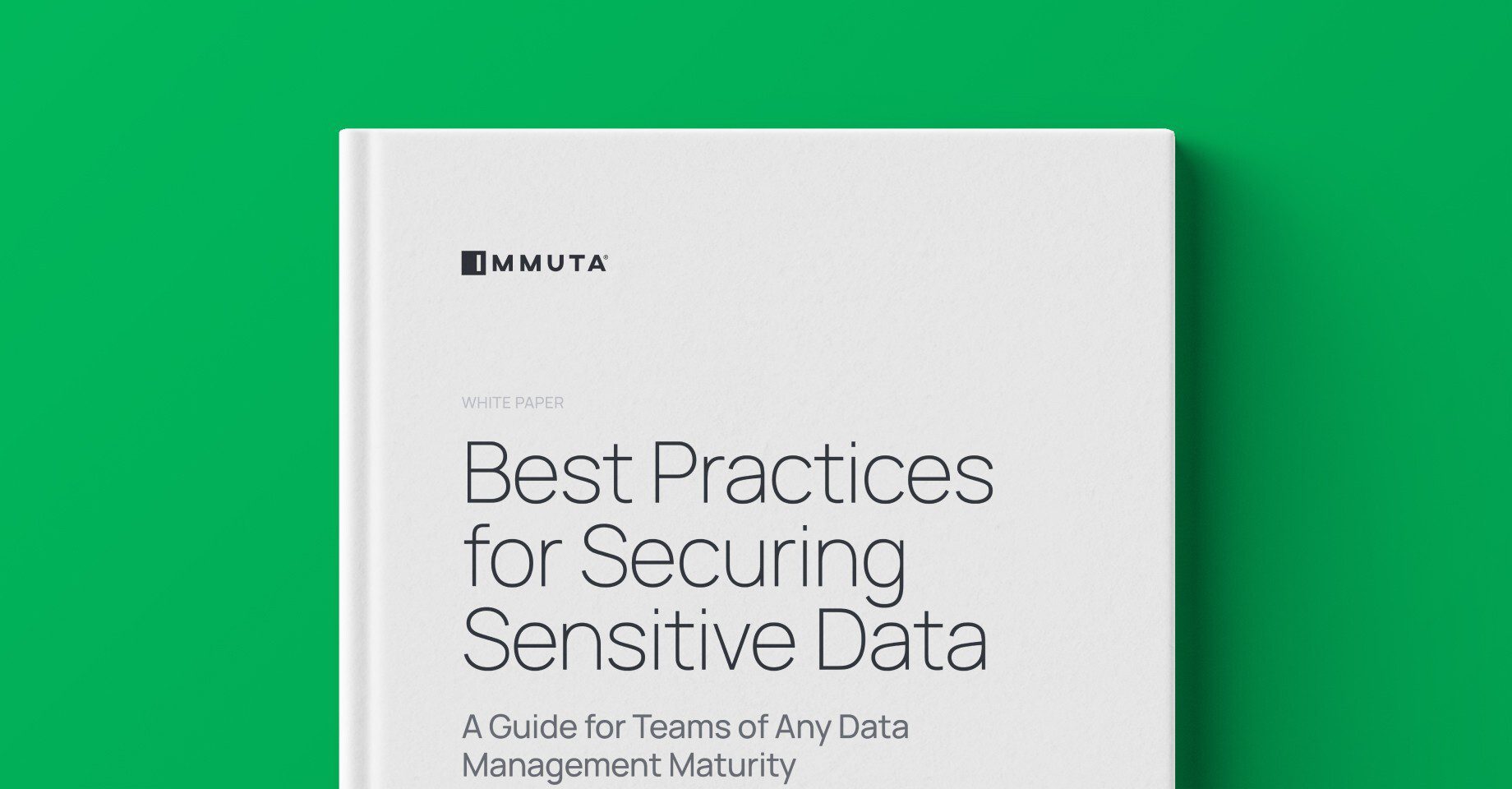
The vast majority of organizations – an estimated 90% – now leverage a multi-cloud architecture for data storage, compute, and analytics. And it’s not hard to see why.
The cloud offers seemingly endless benefits — cost savings, increased productivity, real-time analytics, and decoupled compute and storage, to name a few. But managing data access governance across multiple platforms can cause challenges that limit cloud ROI.
What Is Data Access Governance?
Data access governance refers to the policies, processes, and platforms that help organizations ensure that data access within their ecosystems is secure, compliant, and aligned with business objectives. Its primary goal is to manage who can access what data, and under what conditions.
Why Is Data Access Governance Challenging?
Just as organizations that adopted Hadoop for its perceived efficiencies faced unforeseen challenges, those adopting multiple cloud data platforms are likely to encounter data access governance obstacles that could jeopardize data security and by extension, data’s value. This is largely because effective governance requires visibility, which becomes complex when many data sources, users, and rules are involved. Moreover, legacy approaches like RBAC (role-based access control) are difficult to scale consistently across platforms.
This white paper aims to help identify and solve dat access governance challenges before they can halt your progress. You’ll find out:
- How the need for data access governance and security are forcing data teams to evolve
- The biggest obstacles facing data teams as they adopt multiple cloud data platforms
- The limitations of traditional data protection processes and why they can’t scale across cloud platforms
- How the increasing use and regulation of sensitive data could hinder its value and impact
- Specific ways data teams can overcome these data access governance challenges


